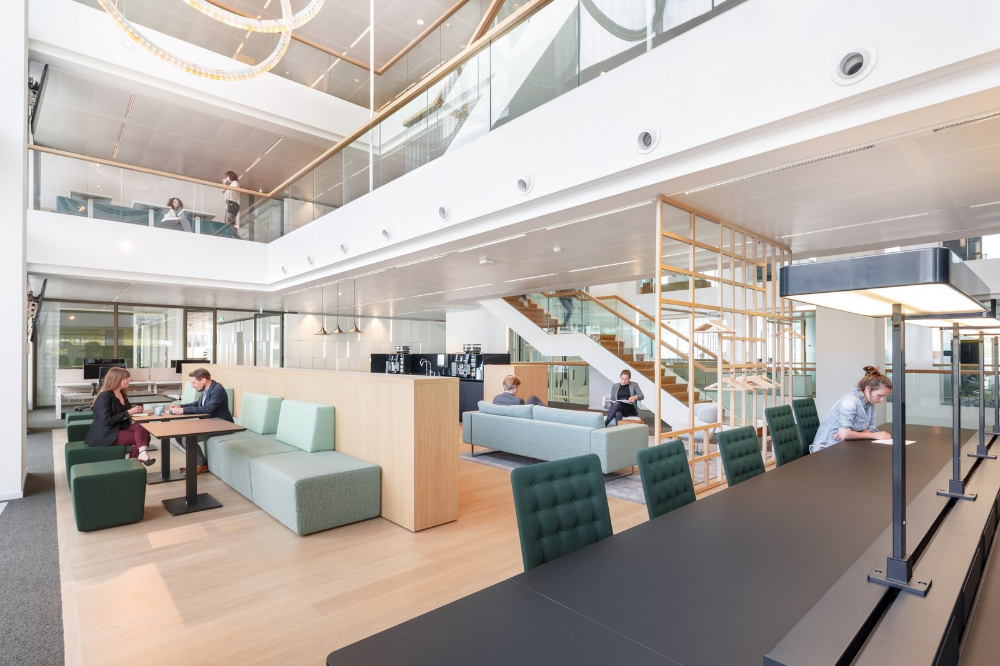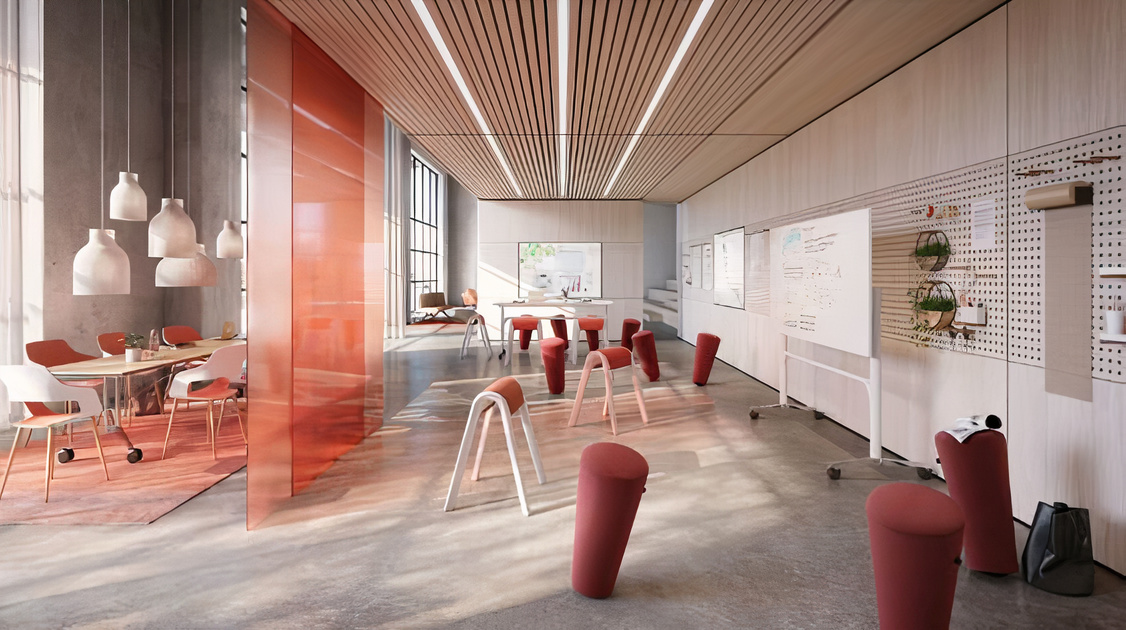
Architecture nerve all the way through the study of our interaction between the brain and the building, to show how the environmental impact of human behavior.
This can change our emotional state, provide a sense of calm and tranquility, and improve productivity and concentration.
So here are some design strategies to improve happiness in shared workspaces.

Multifunctional furniture is also very popular nowadays, such as personal standing desks.
Personal standing desks provide many benefits, not only to improve posture but also to reduce the risk of cardiovascular disease and even certain types of cancer (such as prostate cancer and ovarian cancer).
In addition to the physical benefits, different types of furniture also help to make work less monotonous and allow different interactions, which can often increase motivation for work.


t is also important to create spaces for interaction and isolation so that people can choose the best space for each specific moment and event. These cubicles can be used as independent workstations for immersive or video conferencing.
In addition, the Covid-19 pandemic has increased the need for more isolated workspaces to reduce the risk of contamination.
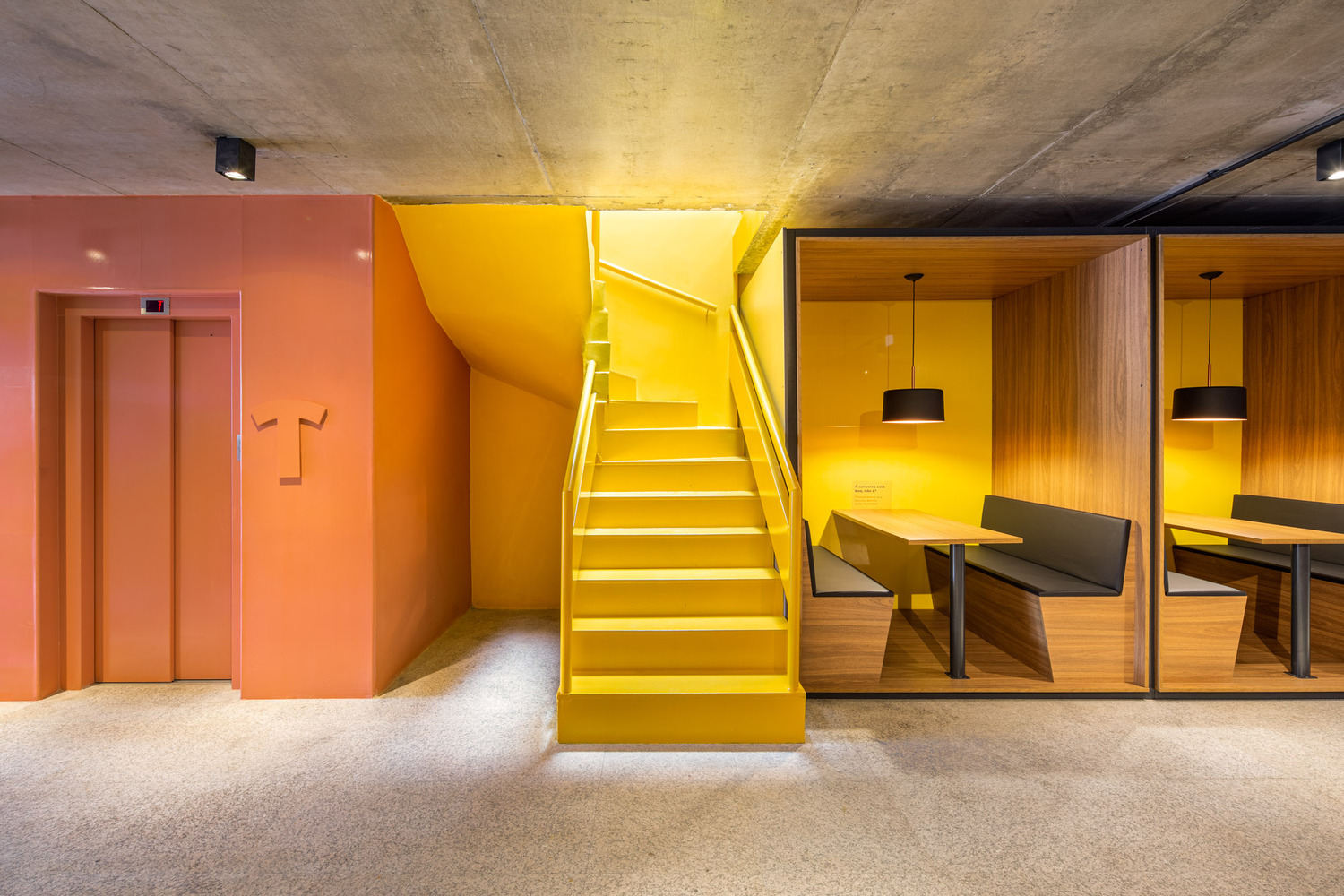
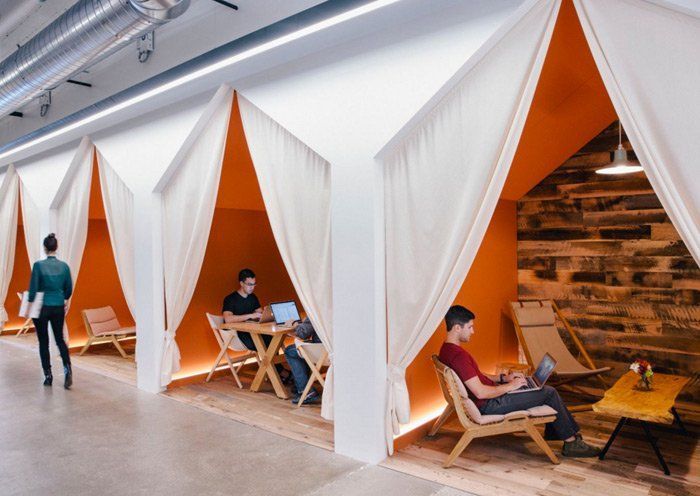
Staying in front of a computer screen for eight consecutive hours is by no means healthy, so you can relax by providing different types of activity areas, such as yoga and meditation rooms, as well as recreation areas for games and other fun activities.
As can join hanging bed, colored balls and hanging chairs for the environment adds to the fun, and inspiration, and show that everything around them can be turned into something unexpected.


When it comes to mental health, one must not forget the importance of contact with nature, integrating natural elements and aspects into the built environment, such as water, plants, sunlight, and natural materials such as wood and stone.

For example, use different shapes and contour designs, and establish the visual relationship between light and shadow.
Just like in neural architecture, natural lighting is one of the cornerstones of user happiness and is closely related to the feeling of warmth and comfort.
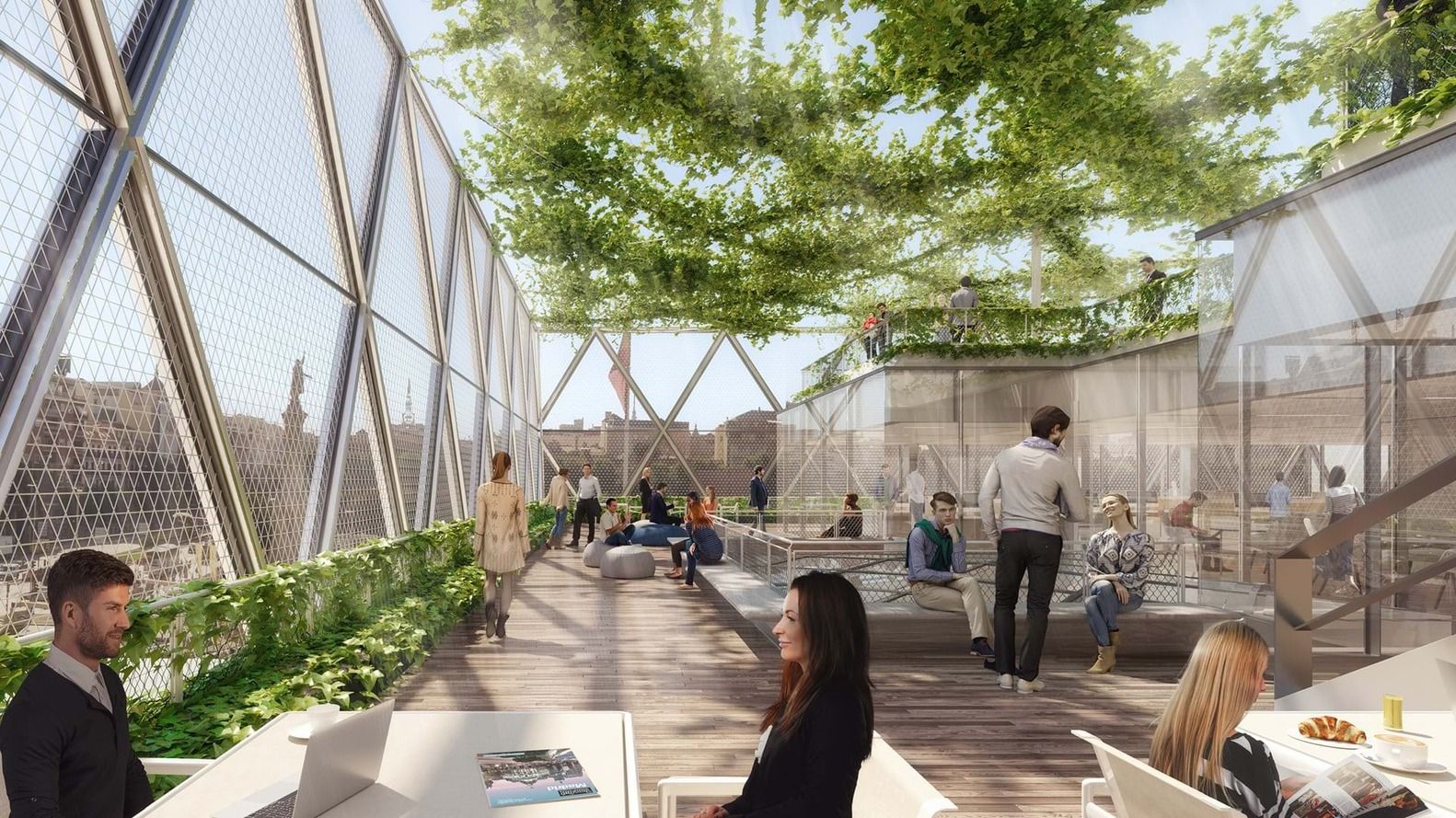

Creating outdoor areas has become a major tool for improving people’s mental health, especially in the context of the covid-19 pandemic. It combines the methods already mentioned above, such as the importance of having a relaxing space and interacting with natural elements.
The outdoor area of the co-working space can be realized through a small terrace, backyard or garden, and roof. The goal is to provide fresh air and be exposed to the weather outside.

These strategies can and should apply to any work environment, including your own home office.
Regardless of size, the key is to understand the physical space of the person using its psychological health importance of health, as well as specific strategies on how to improve the quality of life.
